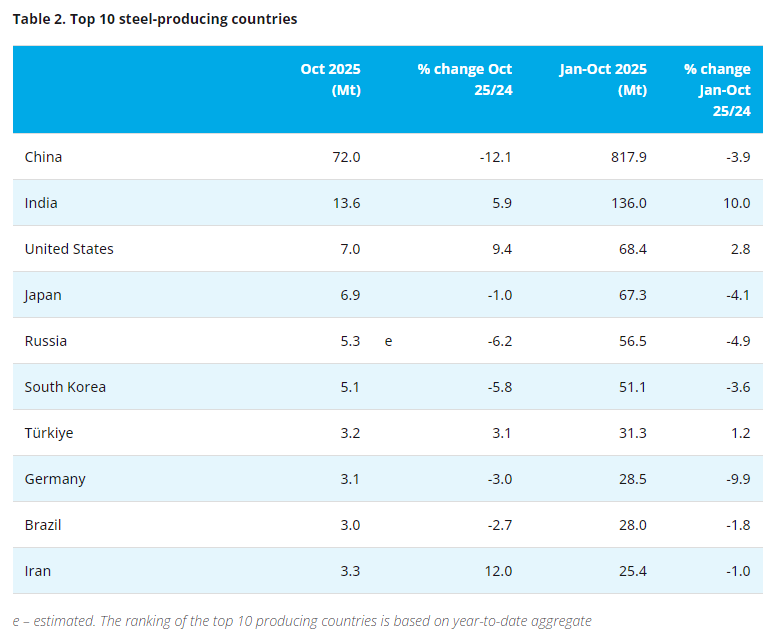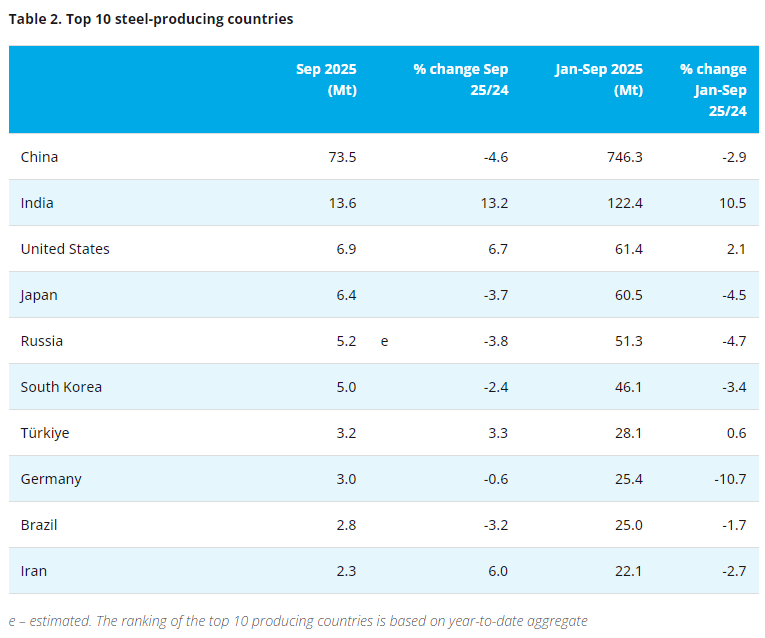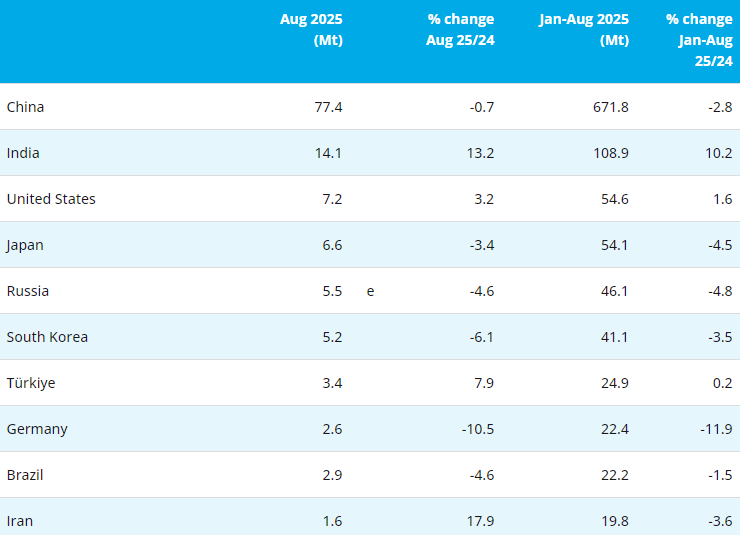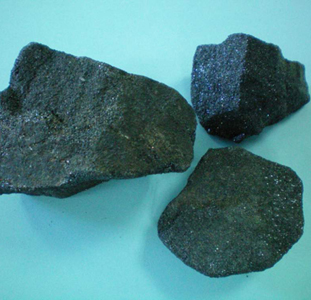Investing News reported that energy storage market is continually influenced by innovations and discoveries in the battery metals space. Beyond lithium and cobalt, other metals, such as vanadium, are emerging as high-performing alternatives for energy storage. Despite limited mined resources, vanadium demand is on the rise as further uses for the metal are uncovered.
Vanadium prices have soared more than 130 % in the past year outperforming cobalt, lithium and nickel thanks to tightening supply and strong orders from the steel industry, which accounts for 90 percent of demand. Vanadium is also used in alloys of titanium. Only a small amount of vanadium is needed to significantly increase the strength of steel or titanium, making it useful in jet engines, high-speed aircraft, gears, axles, crankshafts, superconducting magnets and ceramics.
Roughly 85 % of the world’s vanadium is produced in China, Russia and South Africa. Since the bulk of the metal is either mined or produced as a by-product, any changes in the iron ore and steel markets are crucial to vanadium production.
For instance, last year production was halted in part because of the closure of Russia’s Kuranakh mine, which shut due to low iron ore prices and produced no material in 2017. The Highveld Steel & Vanadium mine in South Africa also shut down in 2015 for two years, affecting supply chain structure.
In China, stricter standards on rebar in earthquake zones and tighter regulations on the use of all substandard steels were announced in February. The new rules increase the vanadium content in rebar products to make them stronger. An official at the China Iron & Steel Research Institute estimates the move could increase vanadium consumption by 30 %, or 10,000 tonnes per year. The enforcement of these regulations is playing a role in vanadium’s recent price gains.
But analysts are expecting a shift in how vanadium is used. With governments investing billions into renewable energy, vanadium is sought after for use in large-scale battery storage systems that can support the world’s biggest renewable energy projects.
Large-scale energy storage is a favorite topic of futurists, and justifiably so. It’s been touted as the missing link between renewable energy sources, like solar and wind, and around-the-clock 24/7 reliability. The market for large-scale energy storage systems in the US is projected to reach USD 2.5 billion by 2020 six times as much as in 2015.
In short, energy storage absorbs power so it can be generated at one time, then releases it so it can be used at another time. It is beneficial in that it levels out the flow of power, which can increase or decrease in unpredictable ways; it can be integrated into electricity systems as a backup to a main source of power; it can increase power-generation, transmission and distribution assets (i.e. absorbing power that exceeds current demand); and in some markets where the cost of energy is cheaper at various points in time, storage can help smooth out those costs.
While lithium-ion batteries are popular in electric vehicles, it’s vanadium redox flow batteries that are favored for large-scale energy storage systems. They are longer-lasting than lithium-ion batteries and have potentially unlimited recharging ability.
Vanadium flow batteries are nonflammable, compact and can be fully contained. They are reusable over semi-infinite cycles, discharge 100 percent of stored energy and do not degrade for more than 20 years. In vanadium flow batteries, energy is stored by providing electrons making V (2+, 3+), and energy is released by losing electrons to form V (4+, 5+).
VRFBs consist of two tanks of liquid. When pumped into a reactor, the two solutions flow adjacent to each other past a membrane and generate a charge by moving electrons back and forth during charging and discharging. This type of battery can offer almost unlimited energy capacity simply by using larger electrolyte storage tanks. VRFBs can be left completely discharged for long periods with no ill effects, making maintenance simpler than with other batteries, like lithium ion. VRFBs reduce the cost of storage to about 5 cents per kWh, and they outcompete lithium ion and any other solid battery for utility-scale applications. They’re safer, more scalable, longer-lasting and cheaper less than half the per kWh cost.
Tesla CEO Elon Musk might be the world’s most well known lithium-ion advocate, but vanadium has the entire country of China behind it.
The China National Development and Reform Commission recently released a policy document calling for multiple 100-MW-scale VRFB pilot projects by the end of 2020. China has also begun construction on a backup power facility in Dalian that’s said to be twice the size of Tesla’s plant in Australia and also the world’s largest battery. It will singlehandedly triple China’s grid-connected battery storage capacity.
While lithium-ion battery consumption grew 73 % from 2010 to 2014, production only increased 28 %, according to a 2017 study published in the energy research journal Joule.

- [Editor:Wang Linyan]



 Save
Save Print
Print Daily News
Daily News Research
Research Magazine
Magazine Company Database
Company Database Customized Database
Customized Database Conferences
Conferences Advertisement
Advertisement Trade
Trade

















Tell Us What You Think